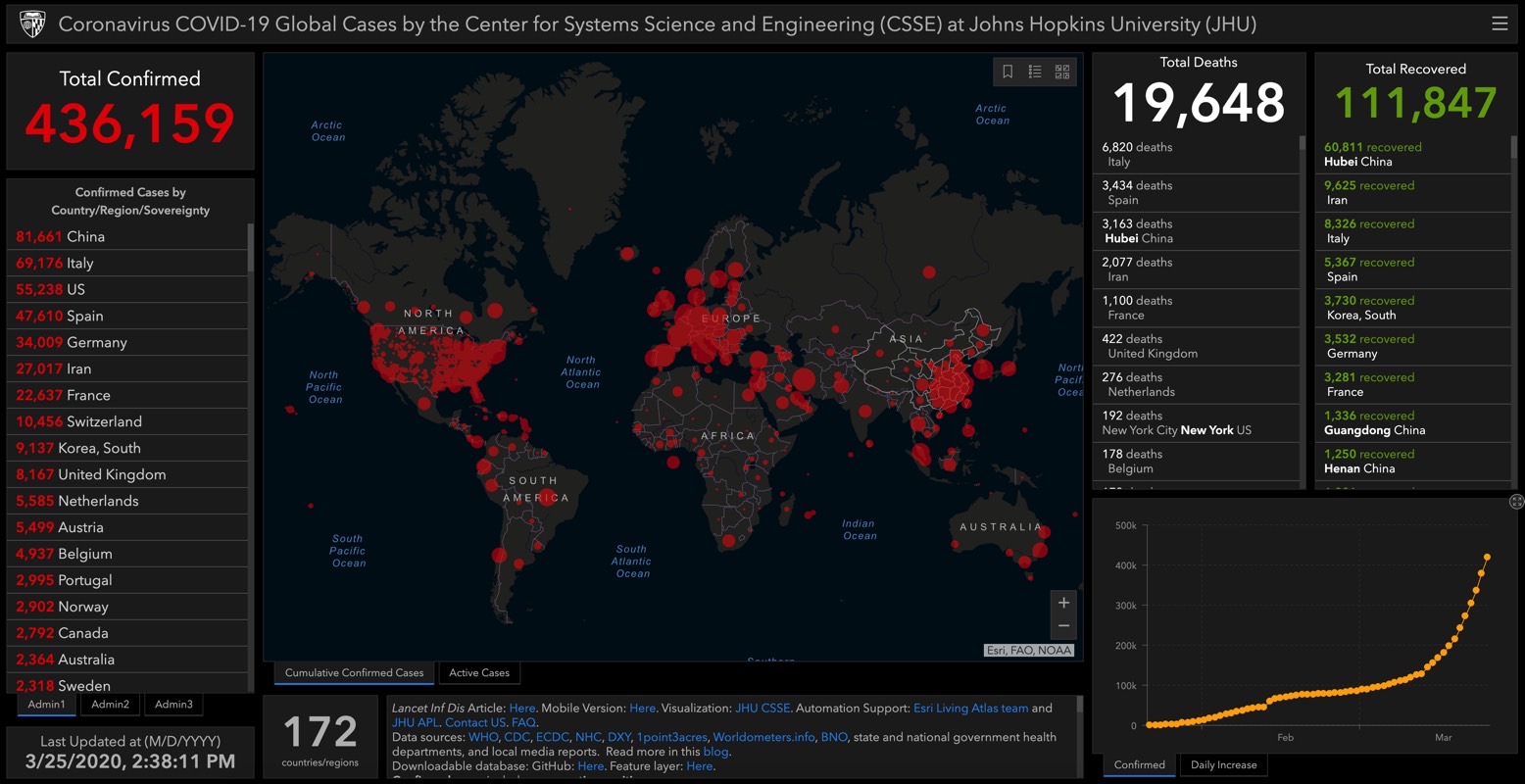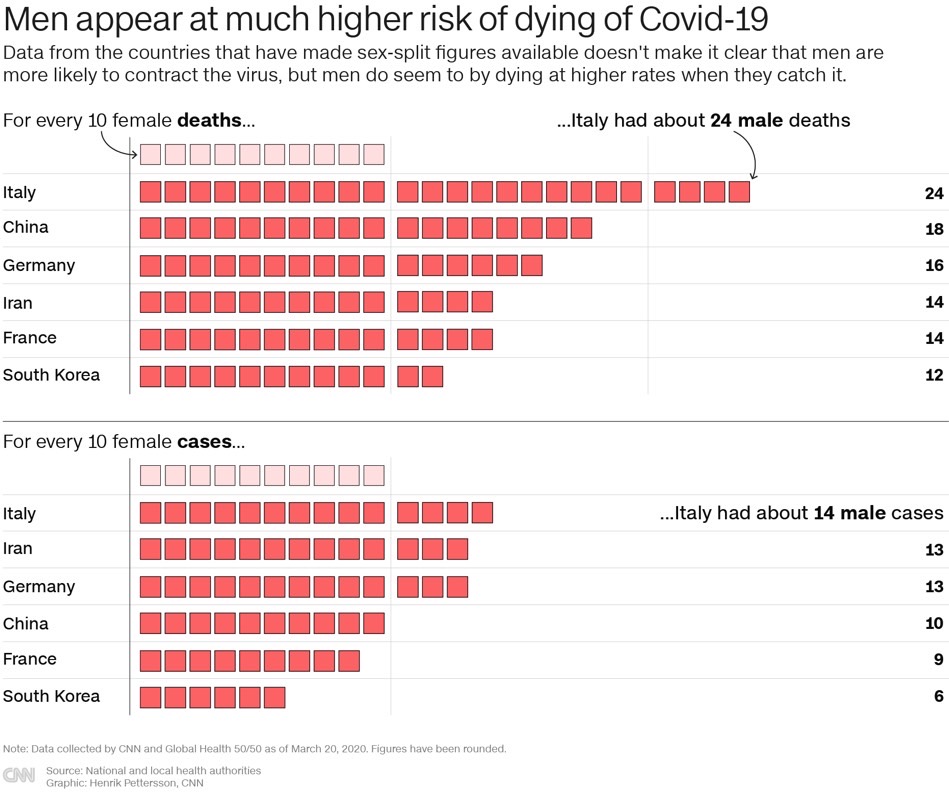- The novel coronavirus pandemic leads to severe COVID-19 in some patients, with men being more likely to die than women.
- Available data suggests that lifestyle choices as well as preexisting health conditions, which may themselves be related to riskier behavior, puts more men at risk of dying of COVID-19 than women.
- Better coronavirus statistics reporting would help craft health policies that could improve the treatment of severe COVID-19 cases.
- Visit BGR’s homepage for more stories.
Health officials who have studied the novel coronavirus since the first cases appeared in China have concluded that most people who get COVID-19 will recover from the disease, and some will not even experience any symptoms. But the virus is life-threatening for many categories of patients, including the elderly and people who have various preexisting conditions. From the early days, epidemiologists said that COVID-19 kills more men than women, but there was no definitive answer as to why that happens. What’s worse is that countries that are already experiencing an increasing number of cases aren’t keeping track of this critical factor when reporting statistics. Accurate gender data could help doctors better understand the high-risk categories of patients and adapt screening, testing, and treatment methods accordingly.
Working with Global Health 50/50, a research institute looking at gender inequality in global health, CNN analyzed COVID-19 data from several countries in an effort to understand why men are more likely to die than women.
So far, only six countries out of the top 10 countries by total COVID-19 cases, including China, France, Germany, Iran, Italy, and South Korea, have provided data broken down by sex for confirmed cases and deaths. Data from the US and Spain is notably absent because sex data is not available for the time being.

In every one of those six countries, more men died of COVID-19 than women, and in some countries, the number of men who got the disease was higher than the number of women. Even so, there’s no data for the proportion of tests administered to men and women, which would be a crucial data point for the study, and the figures for China only cover the period through the end of February.
But what’s available says that men have a higher risk of dying of COVID-19 than women, and the data is similar to studies that looked at the SARS and MERS epidemics. Researchers found that men reported worse clinical SARS outcomes in Hong Kong. A study from South Korea and Saudi Arabia showed that men also had a higher risk of dying of MERS.
CNN’s report notes that one reason why men are more at risk is that more men have unhealthy habits than women, including smoking and alcohol consumption. Some researchers say that women “have a stronger immune response against viral infections than men because they spend part of their lives with a foreign body inside — their offspring — thus granting them a survival advantage.”

Hormonal changes might also be part of the equation, the report notes, as are preexisting conditions. Hypertension, cardiovascular disease, and chronic lung disease are known to increase the severity of COVID-19, and these conditions tend to be more common among men in the six countries that were studied, but also globally.
“If COVID-19 is following the same kind of patterns that we see across a range of other diseases, what we know is that men tend to have across their life courses … greater risks of exposure to behaviors that will lead to adverse health outcomes in the long term,” Global Health 50/50 co-director Sarah Hawkes said. “So in most countries, for example, what we see is that men smoke tobacco and drink alcohol at far greater rates than women do.”
In simpler terms, men are more likely to smoke and drink more than women, and these unhealthy behaviors may be risk factors for acquiring some of the diseases mentioned above. Add age as an additional consideration and you may end up with a more severe, potentially fatal case of COVID-19 for men than women.
More data is required for definitive answers regarding the way COVID-19 affects the two genders, and scientists are urging authorities to make use of the sophisticated technology available for reporting cases and include sex data in their reporting. Of note, the study looked at data available through March 20th. At the time of this writing, there were more than 436,000 confirmed COVID-19 cases, and almost 20,000 people had died. The full Global Health 50/50 and CNN reports have more graphs and are definitely worth a read.








